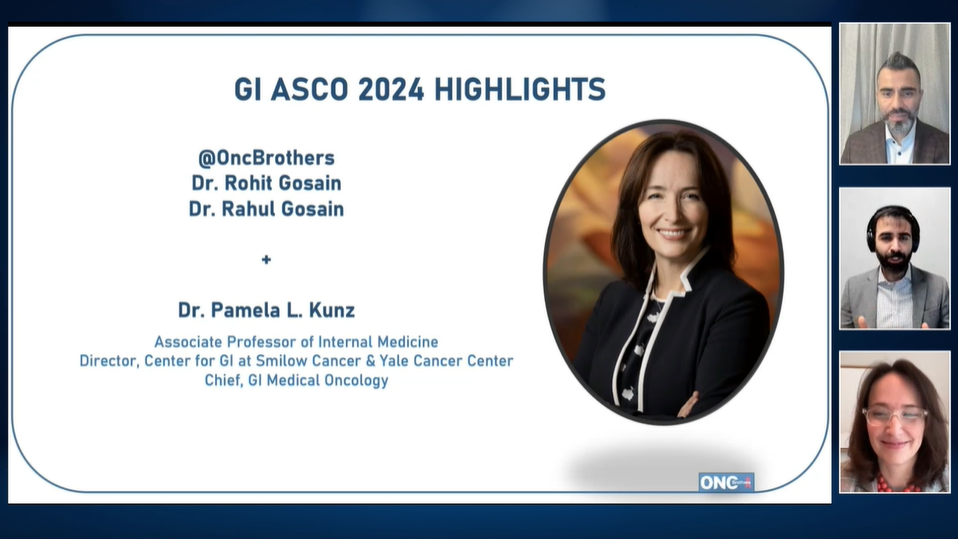Contrasting Trifluridine/Tipiracil and 5-FU in CRC
Michael Morse, MD: Let me speak a little bit about the mechanisms of action of trifluridine/tipiracil. I want to emphasize this is not 5-FU, and I think you’ll see why when I explain about the mechanisms of action and compare the two. As the name suggests, trifluridine/tipiracil is a combination of two different agents. The trifluridine is a nucleoside metabolic inhibitor. However, it is rapidly degraded and requires an inhibitor of the enzyme that degrades it, thymidine phosphorylase, so that it will have more persistence. That’s where the tipiracil comes in. It’s an inhibitor of thymidine phosphorylase.
When trifluridine is taken up into a cell, it’s incorporated into DNA. This inhibits DNA synthesis. The eventual effect is it inhibits cell cycling and proliferation of malignant cells. This contrasts with the mechanism of action of 5-FU. 5-FU is an inhibitor of thymidylate synthase. It’s often given with folinic acid, which allows more tight binding of the fluorouracil. When thymidylate synthase is inhibited, thymidine monophosphate is not made and cells cannot replicate their DNA without the thymidine. Fluorouracil also appears to have some effects on RNA synthesis, as well.
Another difference between the two is that fluorouracil is metabolized by DPD (dihydropyrimidine dehydrogenase). A deficiency of DPD can lead to significant toxicity with fluorouracil. However, this is not likely to be an issue with trifluridine/tipiracil.
Case Scenario 1:
- This is a 70-year old woman who 3 years ago presented with bloody stool.
- Medical history included type 2 diabetes; no other comorbidities.
- A colonoscopy revealed a 1.5 cm tumor in the sigmoid colon.
- A CT scan revealed multiple hepatic and pulmonary lesions.
- Biopsy of liver lesion and colon mass showed moderately differentiated adenocarcinoma, KRAS, NRAS, BRAF wild-type and MSS.
- Her ECOG performance status at the time was 0.
- FOLFIRI plus cetuximab was initiated.
- She later developed progressive disease.
- She was given FOLFOX plus bevacizumab.
- Her ECOG performance status is now 1.









